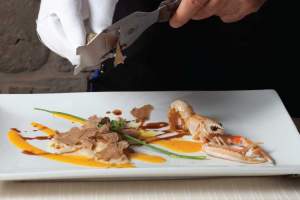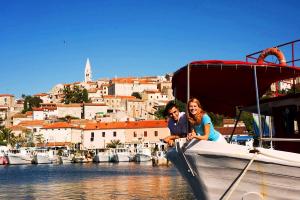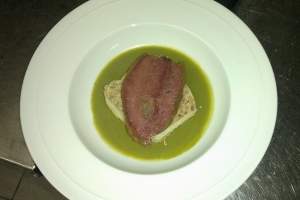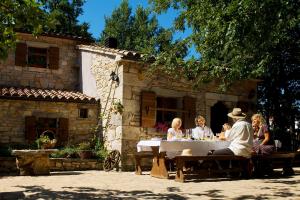Full strength polenta
A “poor man’s dish” makes a comeback
In the Istrian cuisine polenta is a real status symbol, accompanied by milk or wine, vegetables, fish, meat...
Even the most complex seafood dish, the brodetto (or seafood consommé) is eaten with polenta, as is the wild boar goulash or the primitive "white" ragu with sausages and pancetta. To say it in the words of an sommelier - they are better suited to polenta.
In certain aspects, different grain based pastas don’t have the strength and vigour to be rivals to polenta. While delicacies such as mild ragu of hen cannot be eaten with polenta, it is by the same token a fact that the legendary half penne pasta, called fuži in Croatian, is rarely eaten with the dark sauce of rabbit. For this, full-strength polenta is needed, nothing more and nothing less than 100 per cent full-strength.
The only drawback is you need to cook and stir it for long and tiring 45 minutes, or even an hour, if corn farina is used. More coarsely milled polenta should also be mixed longer.
The long and tiring mixing has inspired a popular saying in Istria: "Polenta is mixed left to right, otherwise it brings misfortune". Here, the word "clockwise" is not used. Instead, when dealing cards, the card player deals "the way you mix polenta".
There are typically two ways of serving polenta: it can be cut up into 2 cm slices or spooned onto a plate, the first variation being a bit firmer than the second.

















